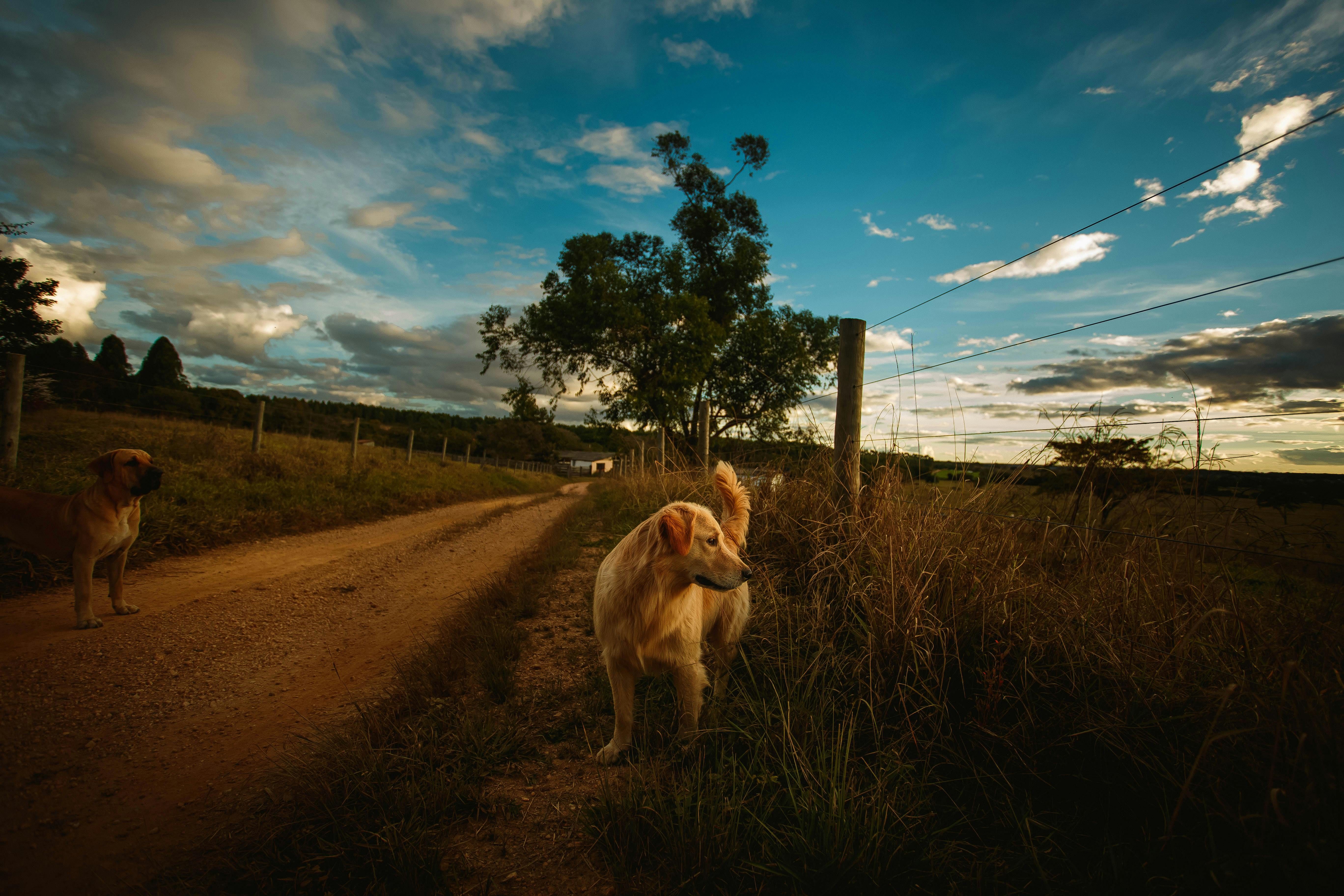Some dog breeds are prone to particular eye conditions, such as cherry eye and dry eye. Cherry eye is the prolapse of the third eyelid gland and dry eye occurs as a lack of tears.
Cherry eye
Dogs have a third eyelid in the inner corner of the eye (the one closest to the nose). This third eyelid acts as a windshield wiper and helps protect the eye, it also contains a gland that produces 30 percent of the tear film that keeps the transparent front part of the eye, the cornea, lubricated. Cherry eye occurs when problems with this gland occur.
Some experts believe that cherry eye is genetic because Cocker Spaniels, Beagles, Bulldogs, and Pekingese seem to be predisposed to this condition, however, other breeds such as Bloodhounds, Great Danes, and Basset Hounds are also commonly affected.
If a dog has Cherry Eye, the gland is red and fleshy, it also looks like a small cherry that appears and sticks out of the corner of the eye, the eye will have redness and swelling and a clear or mucous discharge can also be here. This can occur in only one or both eyes and, especially, occurs in dogs less than one year old.
It is mainly treated with surgery to replace the gland inside the third eyelid.
Dry Eye
Tears are very important to the eye, they keep the cornea healthy and provide it with oxygen and nourishment. When tears are lacking, the cornea becomes pigmented, scarred, and ulcerated, which can lead to partial loss of vision, even blindness. Hyperthyroidism, tear gland infections, or immune system diseases (such as cancer) can cause dry eye.
Treatment for dry eye is cortisone (anti-inflammatory) and antibiotics and artificial tear ointment to lubricate the dry cornea.
